The Rebel 300D wasn’t my first camera (I’d owned a few point and shoot, as well as 35mm SLR bodies) or my first digital camera. My foray into digital photography was the ahem 1.3 megapixel Sony Cybershot DSC-P30:
The Sony “wet my whistle” photographically, but I outgrew it’s capabilities quickly. Now you’re average cell phone takes better photos than what that P30 could deliver. I soon jumped to my first Canon digital camera – the Powershot G3:
The G3 was quite a bit larger than the P30, but packed with features – a mind-blowing 4 megapixesls!! Quite impressive for 2002! It had a 35-140 equivalent lens, and threads which allowed you to attach auxiliary lenses. The G3 is what I used when I really started getting serious about macro watch photography, and my love of Canon equipment. To this day, the G3 is regarded as a classic point-and-shoot. Still, the G3 wasn’t delivering the results I needed for my book, which pushed me to the then-new DSLR segment and the Digital Rebel 300D. Not long after getting the 300D, I purchased the Canon 100mm USM Macro which I’ve used for the vast majority of my published watch photography. The Canon Rebel bodies are such great products at a great price point for consumers – I used several different Rebel DSLRs over the years as “back up” cameras, including the Rebel XT, and the XTi. But I digress….back to my story of getting into professional photography.
I wrestled with my new Rebel DSLR, and some rudimentary photo editing and got enough useable photos to finish by book about Invicta. I published my Invicta book in 2003, and it didn’t exactly set the world of fire commercially. But it did get me noticed by INTERNATIONAL WATCH magazine (now known as IW). As it turns out, having knowledge about luxury watches, having the skill to write about them, AND being able to photograph them was a bit of a rarity in the early 2000’s. I started doing freelance work for them, and after about a year was offered the position of Technical Editor to CHRONOS magazine. It was during these early years of my “freelance photojournalism” career that I learned a great deal about photography. Keep in mind, I’m completely self-taught. And while I was already earning quite a reputation both in the print world as well as online as a top-notch photographer of watches, I knew next to nothing about other types of photography. So I bought books, watched videos, talked to other photographers, and asked a lot of questions.
More and more lucrative freelance work started coming my way, and in late 2004, which allow me the opportunity to invest more in camera equipment. I’ve always had a nice “day job” so my freelance income has been “play” money for me, so I could justify the expense. I even started a family of websites about wrist watches (LUXURY TYME, THE SEAMASTER REFERENCE PAGE and WATCH TALK FORUMS) which gave me the opportunity to publish work outside of what I did for the magazines I worked for.
With a nice stream of freelance income behind me, I continued to invest in better camera equipment. In retrospect, my upgrade path was born more out of my growing love of and interest in photography than by professional need. My 2nd DSLR body was the Canon 20D – my first “prosumer” body:
I also began expanding my photography beyond just macro product photography. Watch companies began requesting my presence at events which I covered as a photojournalist, and I got to try my hand at sports events which were sponsored by various companies in the luxury wrist watch industry. I wrote a couple of articles for ROUNDEL magazine (official magazine of the BMW Car Club of America) which gave me a little automotive photography experience. I even gave wedding photography a shot (pitiful pun intended…sorry). I even published a few articles in some photography magazines, and did a couple of camera reviews – fun work.
I think I really began to “hit my stride” photographically with the introduction of the Canon 40D:
It was about this time that I began really thinking of myself as a real, no-foolin’ photographer. I had some great experience behind me and was learning more, and making great contacts every day. I’ve taken more photos with the Canon 40D than any other camera body – it paid for itself many times over. I used the 40D for over 2 years (an eternity in the lifespan of electronics) from the day it hit the US Market (September of 2007 I think) until the Canon 7D I pre-ordered shipped to me in October of 2009.
The 7D is the ultimate APS-C sized sensor camera – without a doubt, the best I’ve owned to date. I plan on doing a more in-depth article on the 7D in a future article here on ThruMyLens so keep an eye out.
Now I find myself delving into the world of full-frame photography with the Canon 5D Mark II.
Again, there’s less professional need for me to have a 5D Mark II, but I wanted both the capability and experience shooting with a full-frame body. In some circles, as silly as it may sound, you simply aren’t taken seriously as a photographer unless you shoot full-frame. I actually purchased a 5D Mark II prior to purchasing my 7D, but ended up returning it and purchased some additional lenses instead. To that point, I shot my entire DSLR life with “crop sensor” bodies, and for the type of shooting I do, I had never before seen the necessity (again based on the type of work I do) to go full-frame. But I’m again taking the plunge, so look forward to 5D Mark II photos soon!
-John
UPDATE – February 2024
It’s funny – I wrote this article, and it tracked my Canon camera progression from about 2002 to June of 2010 when this article was written. And I really didn’t see a need to update it. Until today. Probobly because after the 5D Mark II, DSLR technology really didn’t progress as quickly as it did in my early years.
As I recall, I had the 5D Mark II for nearly 2 years – right up until the 5D Mark III came out in March of 2012. I bought the Mark III and sold my Mark II. I kept the Mark III what seems like forever – particularly in the technology world. This was right around the time that I sold my website WATCH TALK FORUMS and essentially retired from doing freelance writing and photography in the luxury wrist watch industry. It would be four years before Canon would put out the successor to the 5D Mark III – which was the 5D Mark IV which debuted in September of 2016. When the 5D Mark IV came out, it was difficult to justify. I really wasn’t doing much paid work anymore – just a few projects here and there. So I kept chugging along with my Mark III until about 2020. Canon had released its first professional mirrorless body – the Canon R. It was close to Black Friday in 2019 time and I really wanted to replace my nearly 10 year old 5D Mark III. But do I go R or get the 5D Mark IV and continue with mirrorless? OR…should I <GASP!> abandon Canon altogether? At the time, both Canon and Nikon were waaaaayyyy behind Sony in the mirrorless realm. And the R didn’t exactly debut to stellar reviews. So for a time, I considered moving to Sony. It was clear that DSLRs were going the way of the dinosaur. While the Canon R was not a stellar camera, the one thing that gave me hope was the RF glass that Canon was coming out with – it was getting rave reviews. So weighing the pros and cons, I opted to pick up a refurbished Canon 5D Mark IV to hold me over until Canon came out with a better mirrorless body. The advantage for me in sticking with Canon was the cost of upgrading my old EF lenses – once I moved to an RF mount body, I could get an adapter and continue to use my EF lenses on an RF body.
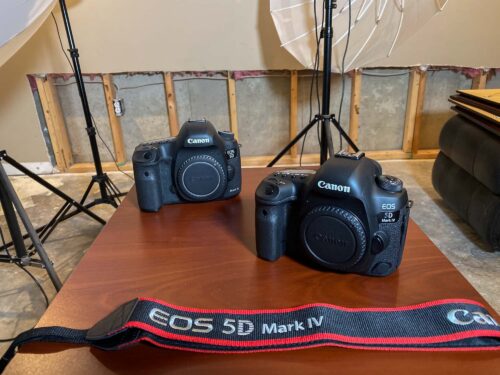
A quick snapshot of my old 5Ds Mark III and Mark IV while some remodeling was being done to my home studio area.
The Canon R6 would debut along side the Canon R5 in July of 2020, and I scooped up one in January of 2021. I remember trading my 5D Mark IV in on it and getting quite nearly what I paid for it directly from Canon’s refurbished gear sales page. Interestingly enough, I never traded or sold my old 5D Mark III which I still have as a keep sake.
Nex began the arduous and expensive task of replacing my old EF lenses with RF lenses. The first lens I replaced was my EF 24-105L F4 with the RF 24-105 L F4. I was using that extensively for both family photos, as well as video for my YouTube channel. Shooting with the R6 really rekindled my love of photography, and made me more gear hungry. So in 2022 I went “big Willie” and purchased quite a bit. In some cases I made more EF to RF replacements. I replaced my EF 70-200 2.8L with the RF 70-200 2.8L. I also traded in my really old 17-40L F4 with the RF 15-35L 2.8. And to complete the “holy trinity” I picked up the RF 24-70L 2.8. This was a HUGE accomplishment for me. I felt really good about having the holy trinity of lenses. But I didn’t stop there – at the end of 2022, I picked up the Canon R5.
I really felt at home with the R5 – it felt like the spiritual successor to the DSLR 5D cameras I knew and loved so much for so long. I also picked up the RF 85mm L F1.2 DS which is probably my favorite lens. So with this February 2024 update, I’ve been using the R5 and R6 for a couple of years and my photography has really improved. The much rumored and highly anticipated R1 and R5 Mark II should both debut later this year. If the rumors are to be believed, the R1 will be a super charged R3, but still at its core a relatively low megapixel (I’m guess around 30mp) high-speed camera primarily for professional sport shooters. The R5 Mark II may or may not up the megapixel count of the 45mp R5, put promises a host of other gee whiz new tech – stacked sensors, quad pixel, AI enhanced autofocus…etc. I’m planning on getting it. But the question in my mind is, will I trade in my R6 on the R5 Mark II (because I think having both would be most excellent when I shoot with two bodies as I often like to do) or will I off load both the R6 and the R5 for the R5 Mark II? I’ll have to update this article later this year once the final specs of the R5 Mark II are released and I’ve made my decision.
-John


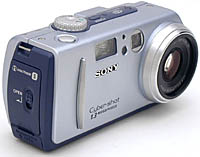
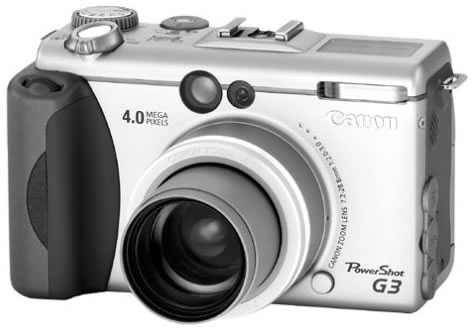
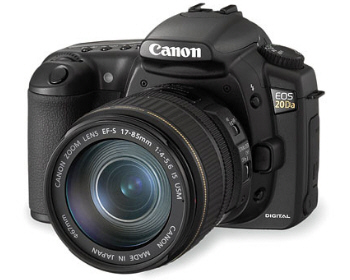
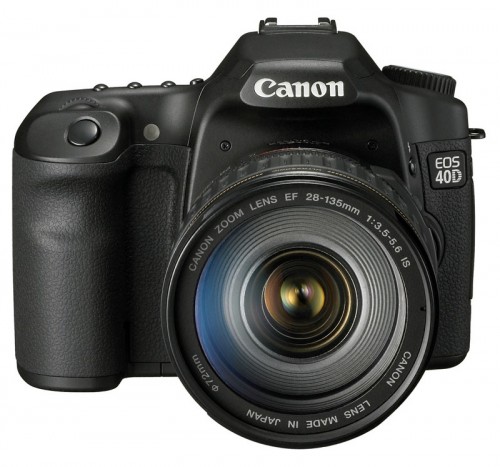

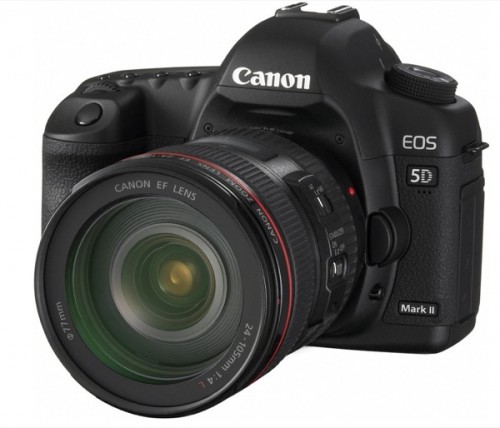
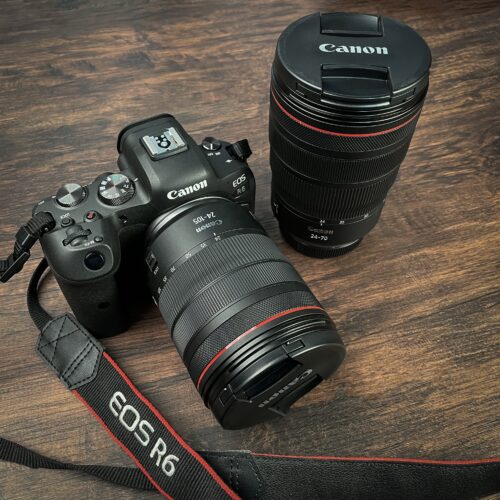
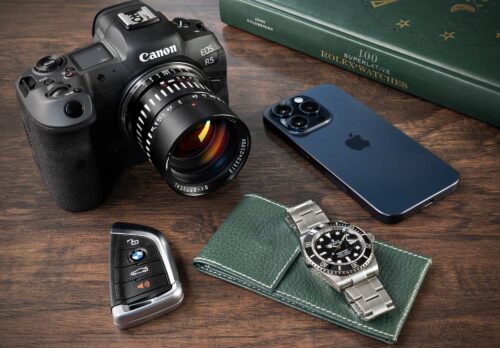
Interesting read. It is amazing how the statement holds true, “Necessity is the mother of all invention.” You became a photographer because it is what you needed to do to become successful.